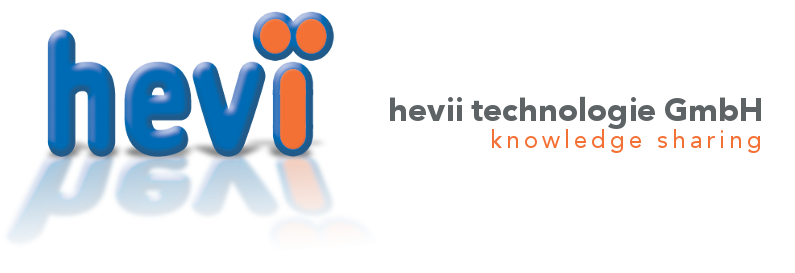eliminating the unknown.
the assembly of bolted joints is often a universally accepted exercise in "guessing, tightening, and hoping"
In attempt to address industry's practice of relying on uncontrolled bolt tightening, a number of methods have been devised to ensure accurate bolt "tightness":
- calibrated torque - since applied torque does not have a direct relationship to a bolt's tightness, calibration is of little to no value in controlling bolt load (more).
- bolt tensioning - eliminates most of the friction problems which detrimentally affect torquing methods. However, the final bolt tightness is still unknown after the procedure has been completed. Issues are compounded with multiple passes.
- turn-of-nut - highly variable. Dependant upon surface conditions, geometry and, in some cases, gasketing.
- indicating washers - single-use washers which deform or release a pigment at a predetermined bolt load. Somewhat subjective and often misleading because they can't indicate if a bolt has been over-tightened.
- tension control bolts - special bolts in which applied force is stopped when the fastener attachment breaks off at desired stress. They suffer the same issues as indicating washers
- torque-tension meter - tension-indicating jig into which a sample bolt is torqued. Highly variable and not representative of actual conditions since the results only apply to the particular bolt tested within the proof environment.
- datum rod bolts - specially machined bolts incorporating internal mechanical linkages to provide a physical indication of a bolt's tightness. Very expensive and functionally compromised by severe operating environments. Furthermore, variations of this method cannot identify over-tightened fasteners. Stud variants are subject to significant inaccuracy.
- indicating bolts - special bolts where the colour of a built-in indicator changes with load. Based on the same principal as above. Simple, but bolt load interpretation is subjective.
- micrometer - a mechanical measurement of bolt elongation. Very accurate since bolt elongation has a direct correlation to bolt load. Yet often impractical for field applications and impossible for fasteners in blind holes.
- strain gauge - an electronic measurement of strain. Very accurate yet impractical for most field applications and many production applications.
- ultrasonic elongation measurement - usually considered as the "ultimate" method to measure bolt load accurately and with full traceability on common bolts. This technology has a further benefit unique to those listed above in that when utilised properly; it can often detect internal physical fastener flaws. Earlier systems were expensive and complex. Although modern systems have become more economical and simpler to use, competent and well-trained operators are required to use the equipment.
On-site Verification. Our speciality.

